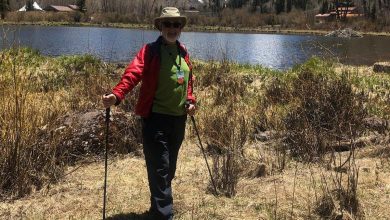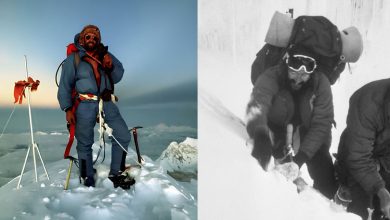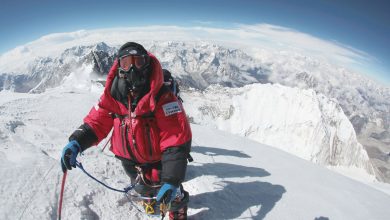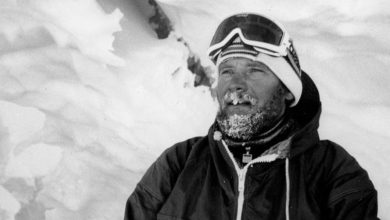Marco Siffredi: Fateful Last Descent From Everest On Snowboard

What comes into your mind when it comes to adventure and mountaineering? Is it Mount Everest and Sir Edmund Hillary? Or Tenzing Norgay Sherpa? Well, you might have heard many things about the Everest Expedition, including the first ones led by Tenzing Norgay Sherpa and Edmund Hillary. But have you heard someone snowboarding down from the summit of Mount Everest? If not, here’s what you should know – Marco Siffredi.
Marco Siffredi was a professional French mountaineer and snowboarder. He was born on May 22, 1979, in Chamonix, France. Marco hailed from a climbing family, where most members were involved in the mountaineering industry. His father served as a mountain guide, and his brother, Pierre, was also a mountaineer. Unfortunately, he lost his brother in an avalanche in their hometown of Chamonix, France.
Marco Siffredi is also widely acknowledged for his record-keeping descent from the world’s highest peak, Mount Everest. He descended from Mount Everest on a snowboard in 2001 via the Norton Couloir. In 2002, he made his second attempt to descend on a snowboard from the Everest Summit via the challenging Hornbein Couloir. However, he was not lucky enough to survive this time and died falling off the mountain’s edge on a snowboard. His body has never been found since he died on the lonely mountain.
Marco Siffredi’s Career Accolades
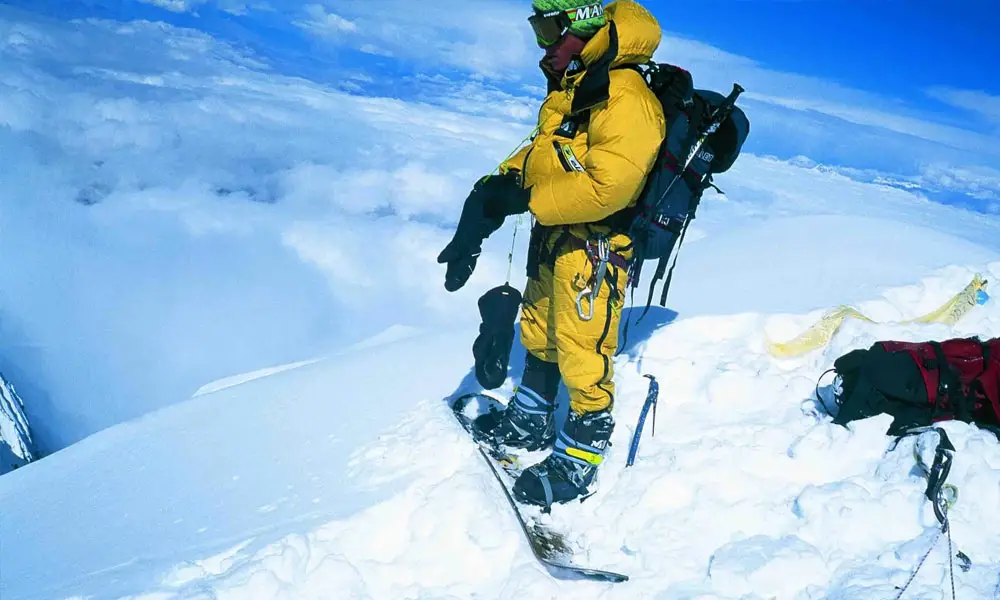
Marco Siffredi has a chunk of huge career accolades that took him to the limelight of the mountaineering industry. Not only with his mountaineering skills but his tendency to descend on a snowboard has made him one of the most prominent and notable figures in the mountaineering industry.
Talking about his career accolades, he has succeeded in several notable mountaineering acts. Though he is not present in this very situation, the contributions he has given to the industry is awe-inspiring for sure. Here are a few career accolades of Marco Siffredi, which made him famous for what we know him for. Let’s explore them in detail here:
Climbed Mont Blanc and First Snowboard Descent
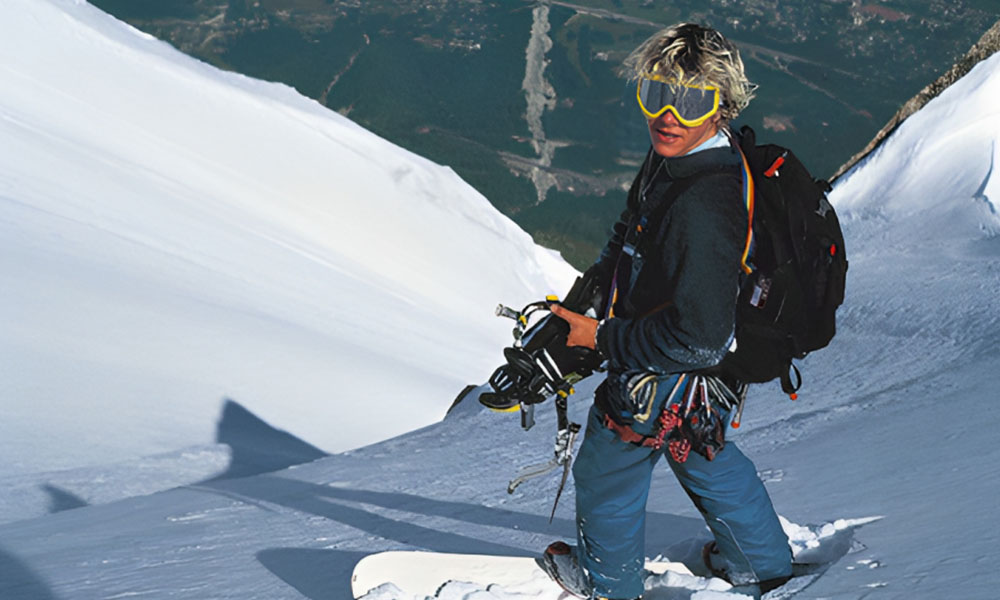
Marco Siffredi was fond of mountaineering from a young age. During his early age, he ascended to the nearby mountain peaks in Chamonix Valley. Starting from the short peaks, he plateaued his benchmark and pushed himself to initiate the expeditions on high-altitude peaks.
Also, featuring the snowboarding capacity, Marco Siffredi was determined to descend any mountains in the world by surfing on a snowboard. So, it took him onboard on an expedition to Mont Blanc on Aiguille Verte. It was June 1999 when he made the second-ever descent from Mont Blanc on the Aiguille Valley on a snowboard after Jean-Marc Boivin’s ski descent in 1989. It immediately took him to the peak of the limelight, and he became the talk of the town in the mountaineering industry.
At that time, descending from a mountain on a snowboard was considered very brave. On the contrary, it is still one of the riskiest and most adventurous activities. But with bravery and the forgery of his determination, Marco Siffredi was able to pull off this brave adventure.
Besides that, Marco Siffredi has several other snowboarding experiences. In May 1996, Marco climbed Mont Blanc and snowboarded via the north face of the Aiguille du Midi on Mont Blanc along the Mallory track. It has a descent of around 1000 meters with passages of around 50 Degree incline. Similarly, in 1998, he climbed Tocllaraju in Peru (6,032 m (19,790 ft)) with Philippe Forte and René Robert. This marked his notable mountaineering achievement, taking him from the starter package to the professional one.
Likewise, in 1999, he climbed Dorje Lhakpa (6,988 m (22,927 ft)) in Nepal. Not only did he climb the peak, but he also made the first snowboard descent from the mountain, which lasted about 3,000 feet at the edges of around 55-degree incline. The most important thing to know is that Marco Siffredi did this unmatching adventure without any support or supplemental oxygen, which marks the highest form of mountaineering in his career.
Moreover, he climbed Shisha Pangma in 2001, 8,027 m (26,335 ft) above sea level. The main motive of this expedition was also to descend on a snowboard. However, the strong winds and extreme weather conditions prevented the attempt.
Marco Siffredi’s Fateful Last Descent
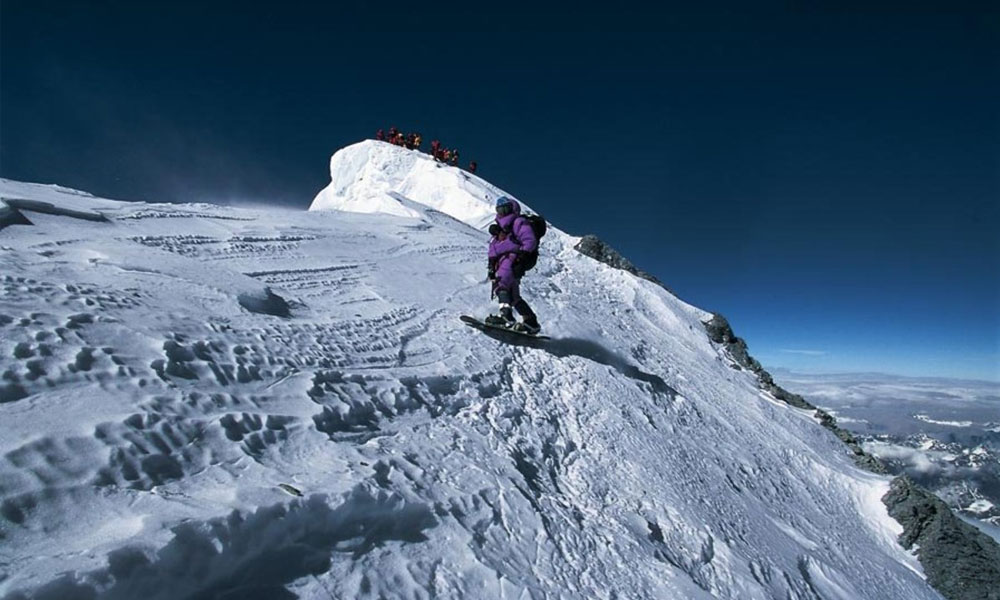
Marco Siffredi was a pro snowboarder and mountaineer, but even the pros cannot escape the fateful conditions of Mount Everest. He died while descending from the world’s tallest peak. Despite making the first successful descent from the top of Everest on snowboard via the Norton Couloir in 2001, the second attempt came unexpectedly. Siffredi lost his life on the verge of snowboarding, and his body has also never been discovered.
Here is the date-by-date explanation of Marco Siffredi’s last fateful descent from Mount Everest. You might find it interesting to read:
August 8, 2002
Marco Siffredi was a native of Chamonix, a city in France. Having numerous mountaineering ascents under his pocket, he was always fond of expeditions and adventurous journeys. Just a year ago, in 2001, he had already climbed Mount Everest, the highest peak in the world, and had descended from the Norton Couloir on a snowboard.
This was his second attempt to climb Everest and descend on a snowboard, but he chose a different route to descend. Upon reaching Kathmandu in Nepal from his home country, he stayed at the Hotel Tibet. He made good contact with Phurba, Pa Nuru, and Da Tenzing, who facilitated him with sufficient logistic support.
The only thing left was to reach Everest Base Camp and start their expedition with these three Sherpa guides.
August 10, 2002
After an extensive trek, Marco Siffredi and his team reached Advanced Base Camp (ABC). The base camp is located at the base of North Col. Marco chose the end of the monsoon season, capitalizing on the snowboarding theme while descending from the summit.
Usually, most expeditions occur during the peak climbing season, Spring, when the weather is stable and friendly. However, the snow accumulation might be comparatively low during this season. Keeping this in mind, Marco approached the highest peak in the world in August.
August 23, 2002
Now, the first motive is to reach Camp 1 of Mount Everest. The Sherpa guides engage in the tasks of fixing ropes and transporting equipment. At the same time, Marco and his team lost the signal for two-way radio, which had them very challenging communication. But they managed satellite phones for clear communication. Nevertheless, the expedition continues from Camp 1 to Camps 2 and 3, progressing to Death Zone, 8,000 meters above sea level.
Marco suffered from a severe headache when he reached an altitude of 6,000 meters above sea level. During this phase, he could not eat, sleep, or even put on clothes. However, he recovered quickly and was ready for the next climb push.
Death Zone is one of the scariest regions in Mount Everest, which has cost the lives of many climbers. This region’s treacherous landscapes and extreme weather conditions make it very challenging to approach the summit of Mount Everest.
August 28, 2002
Now, the team proceeded their journey, reached the North Col, and established a temporary camp for staying overnight. But things did not go as expected due to extreme weather that brought a storm in the Everest Region.
Despite extreme weather conditions, Marco and his team descended that day. Now Marco was ready to surf on his snowboard – he fastened his snowboard bindings and descended alongside the fixed ropes. Fellow climbers and Sherpas helped him capture the video of his surf descent.
August 31, 2002
After the successful surfboarding session on the first day, Marco and his team returned to the North Col.. The weather was still extreme, but the team navigated through waist-deep snow to reach Camp 2 at 7,500 meters above sea level.
September 2, 2002
The weather conditions did not improve, but hope was the only option. Marco and his team packed all the essential items and embarked on an ascent to Camp 3 despite being greeted by descending snowfall.
The bad weather situations made them stop their journey anyway. They placed their equipment at 7,700 meters (26,262 feet) above sea level and returned to Camp 2 via the same route. On the same day, Marco got the forecast of good weather conditions via the daily communication with Yann Forecasts. Aligned with the same projection, Marco and his team prepared for the summit attempt. He and the Sherpas climbed uphill to establish Camp 3 at 8,300 meters (27,230 feet) above sea level and then came down for an overnight stay.
September 4, 2002
On September 4th, Yann’s weather forecast stated that Everest would encounter a slight snowfall in the upcoming days. The weather forecast also mentioned that the weather would be clear on Sunday, September 8, so Marco became ready for the summit push. However, he said, “But the hardest part has yet to be done; don’t get carried away.”
In the meantime, Olivier Besson, a mountain guide from Megève, France, was reaching Marco with a repaired radio. It could establish clear and clean communication between Marco and the descending Sherpas. However, Marco did not hesitate to dive into the forthcoming adventure surrounded by the pristine beauty of Mount Everest.
September 6, 2002
Marco left Camp 2 on this day and reached 7,900 meters above sea level. At the same time, Sherpas reached 8,300 meters and established High Camp. Marco then shared the update of his expedition status with his friends; however, he concealed the truth from his parents – he mentioned that he was at ABC (Advanced Base Camp). He tried to conceal the truth until he reached the Base Camp safely.
September 7, 2002
He achieved a significant milestone in his Everest Journey a day before his demise. It was his second successful ascent to the summit of Mount Everest. Marco successfully reached Camp 3, also known as Death Zone. At the same time, Marco had symptoms of altitude sickness, as the high altitude affected his health.
Marco contacted Yann Giezendanner in Chamonix for the weather update, and he predicted clear conditions for Saturday night and Sunday. While he projected clear weather, he also warned him about the possible afternoons and uncertainty the following day.
On September 7, Marco and his team left Camp 3 and embarked on around 12.5-hour climb to reach the summit of Mount Everest. It took him three times longer than his first ascent to the highest peak in the world in 2001. But scaling Mount Everest was just the start of his goal – there was still a main mission of snowboarding via the challenging Hornbein Couloir, a 3,000-meter drop left ahead of Marco Siffredi.
The weather started showing some distractions around Everest, and the Sherpas warned Marco about it. However, Marco was determined to take this step, and at 3:00 p.m., he prepared to snowboard down with fresh oxygen and essential gear, a daring plan that required careful preparation.
How Did Marco Siffredi Die?
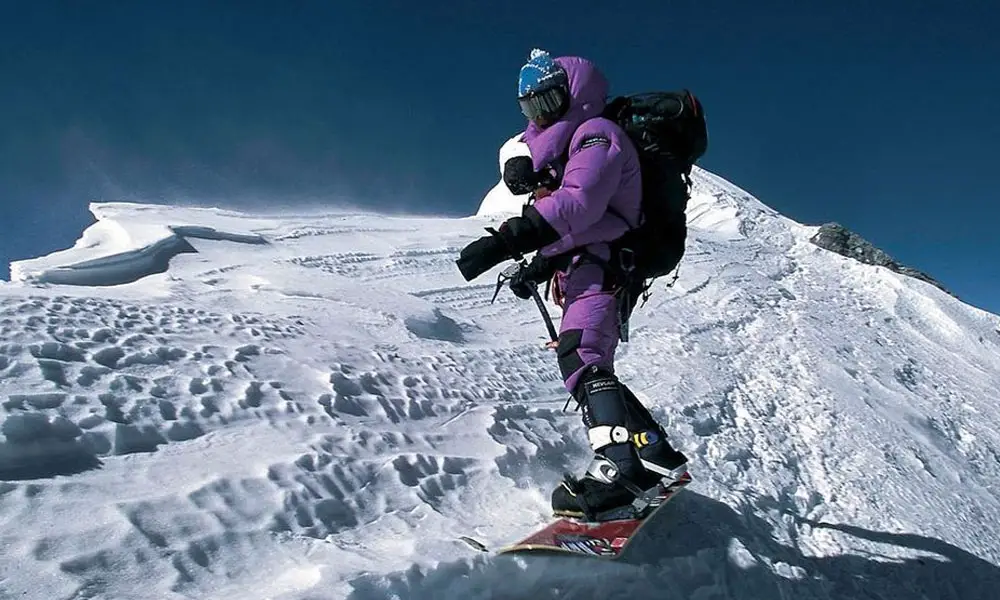
Marco Siffredi died in an attempt to snowboard from the summit of Mount Everest via the Hornbein Couloir. It was his second attempt to surf on a snowboard from the highest peak in the world.
For the initiation of snowboarding, he descended and reached the ridge, where he waited for the Sherpas to catch up. The condition of labored breathing showed that Marco had an exhaustive effort.
Attempting his snowboard adventure, he allowed Sherpas to guide him while warning them about rope placement. Sherpas descended from the mountain and helped capture the video of Marco Siffredi’s last moment on Earth. They reached nearly 1300 meters below and saw some figures rising and silently sliding down the mountain.
By then, it had already struck them that the figure was none other than Marco Siffredi since no other climbers had shared the peak then. This puzzling event left the seasoned Sherpas and everyone in shock and disbelief. What happened to Marco on that mountain remains a haunting mystery, a story that is a stark reminder of the unpredictable nature of the world’s highest peak.
You may also like:
